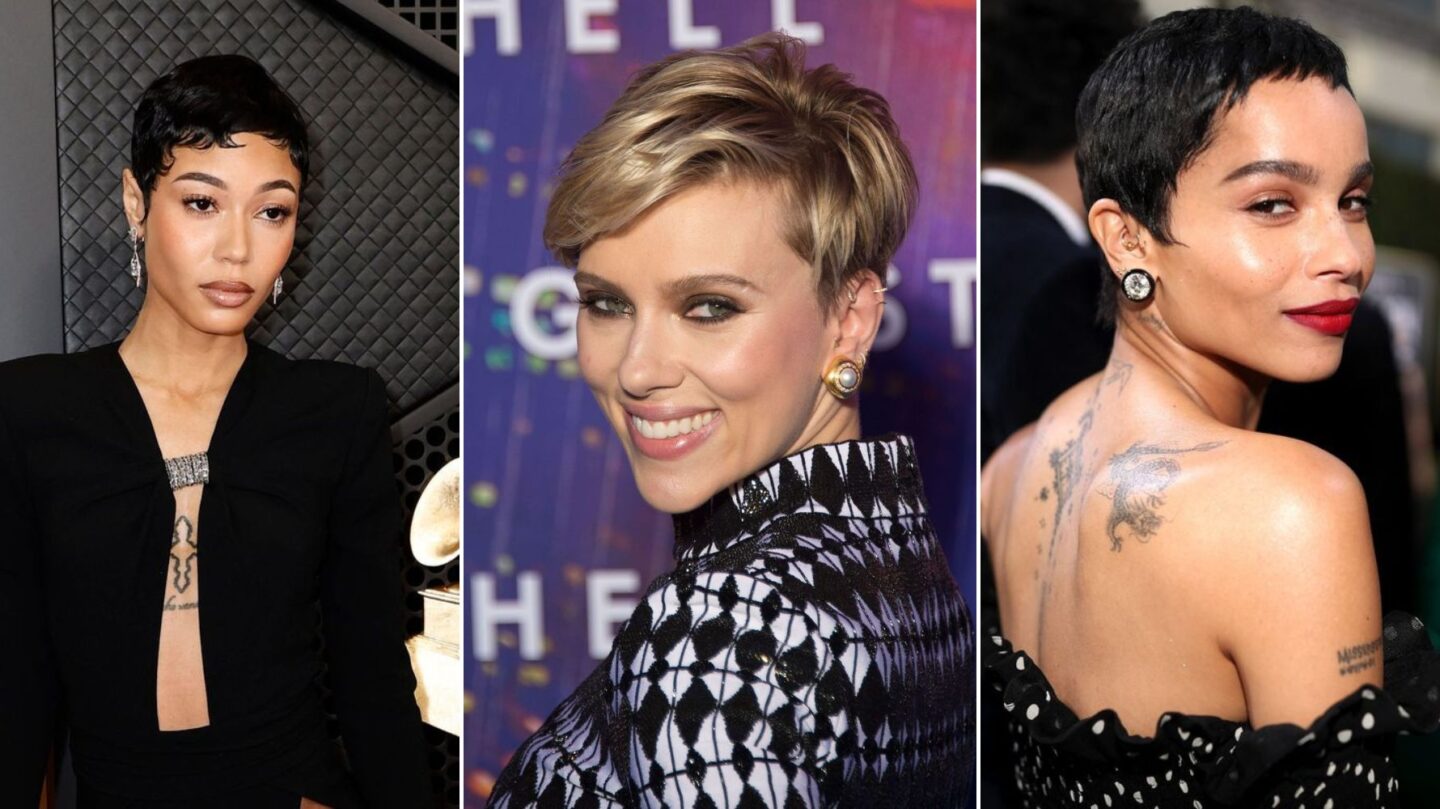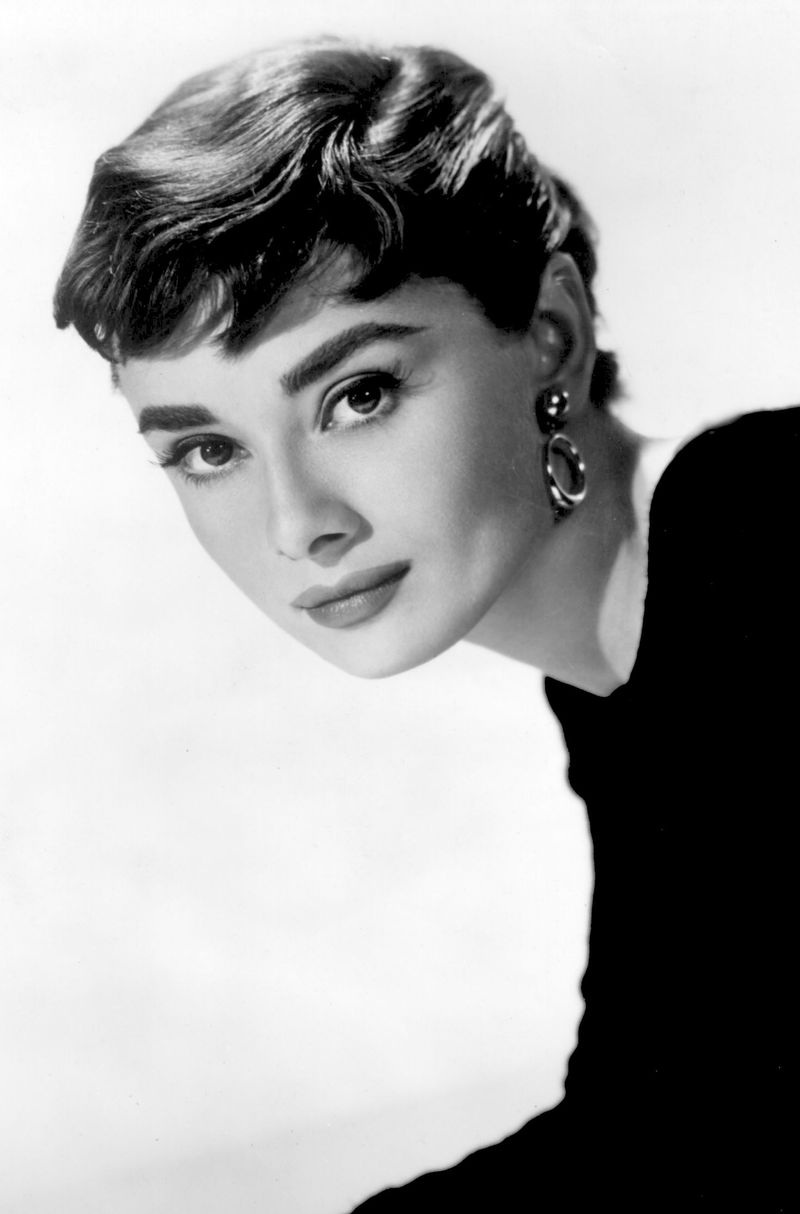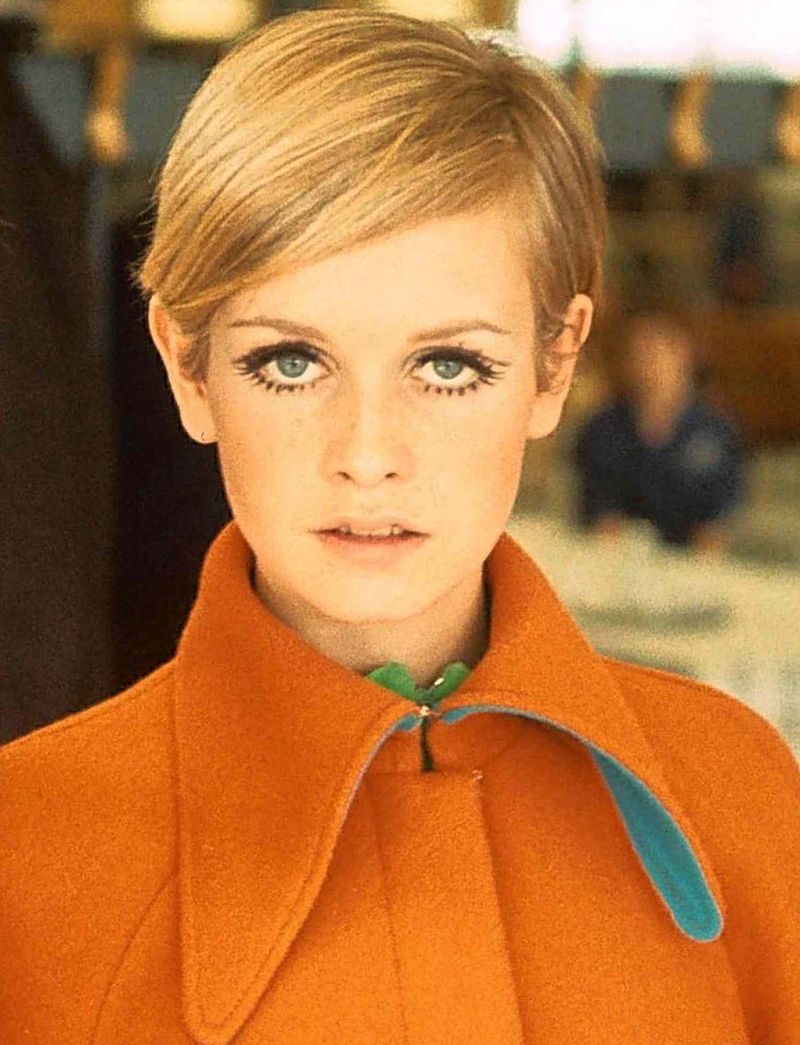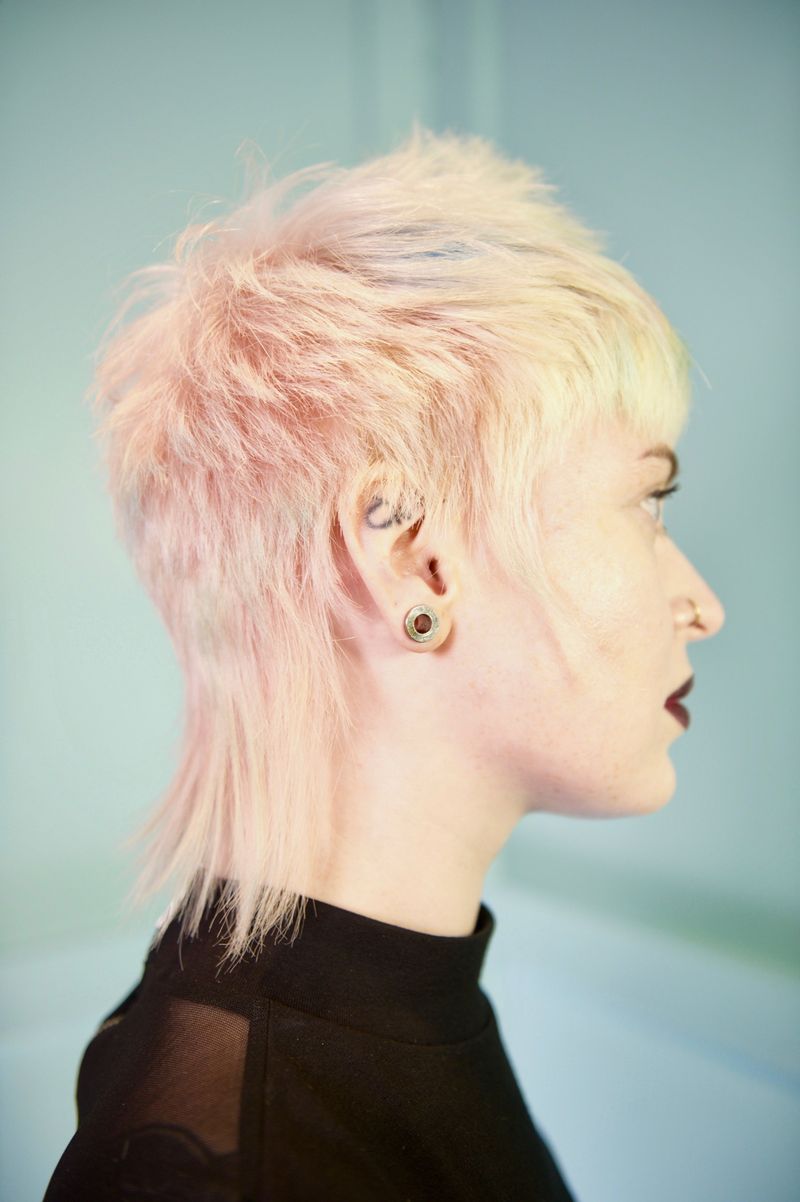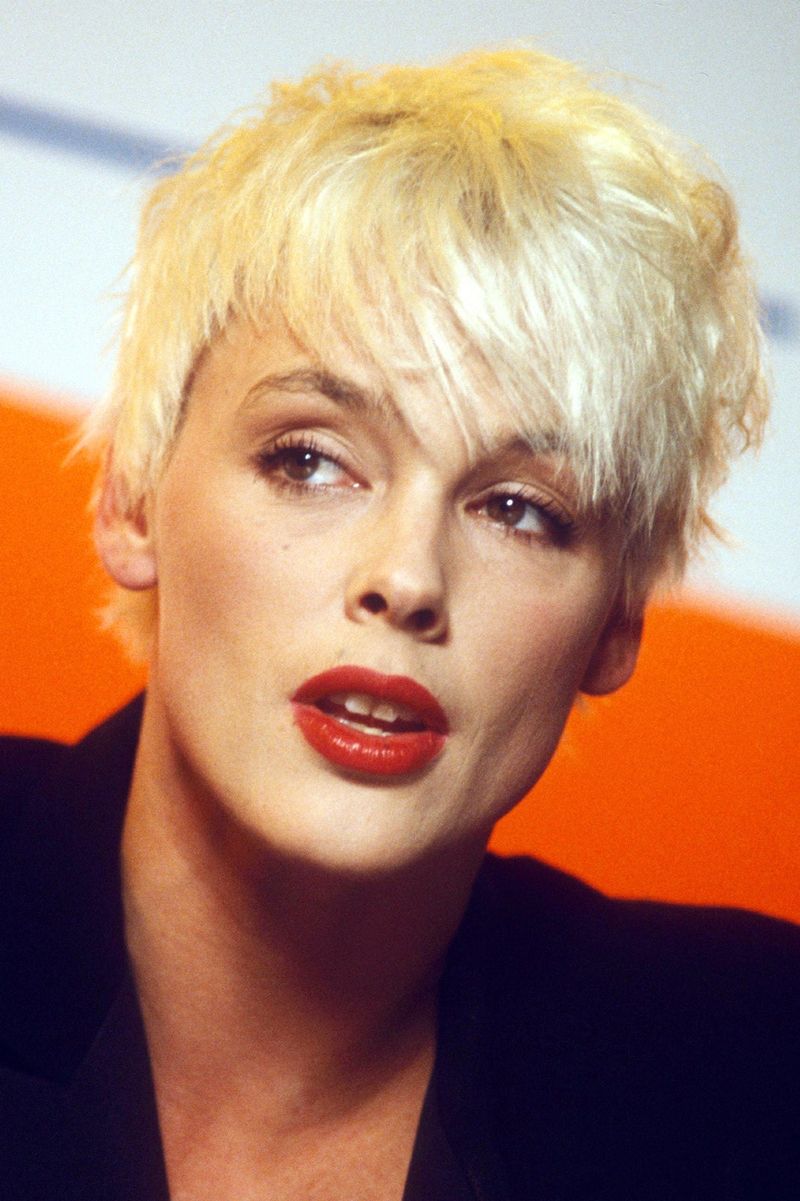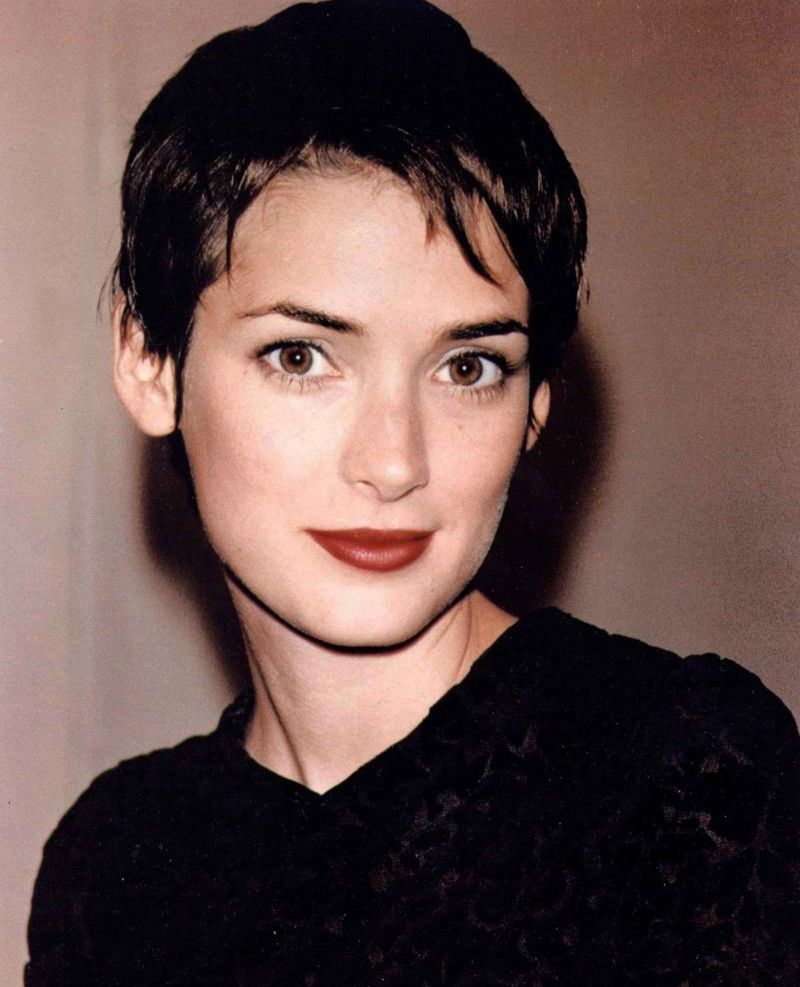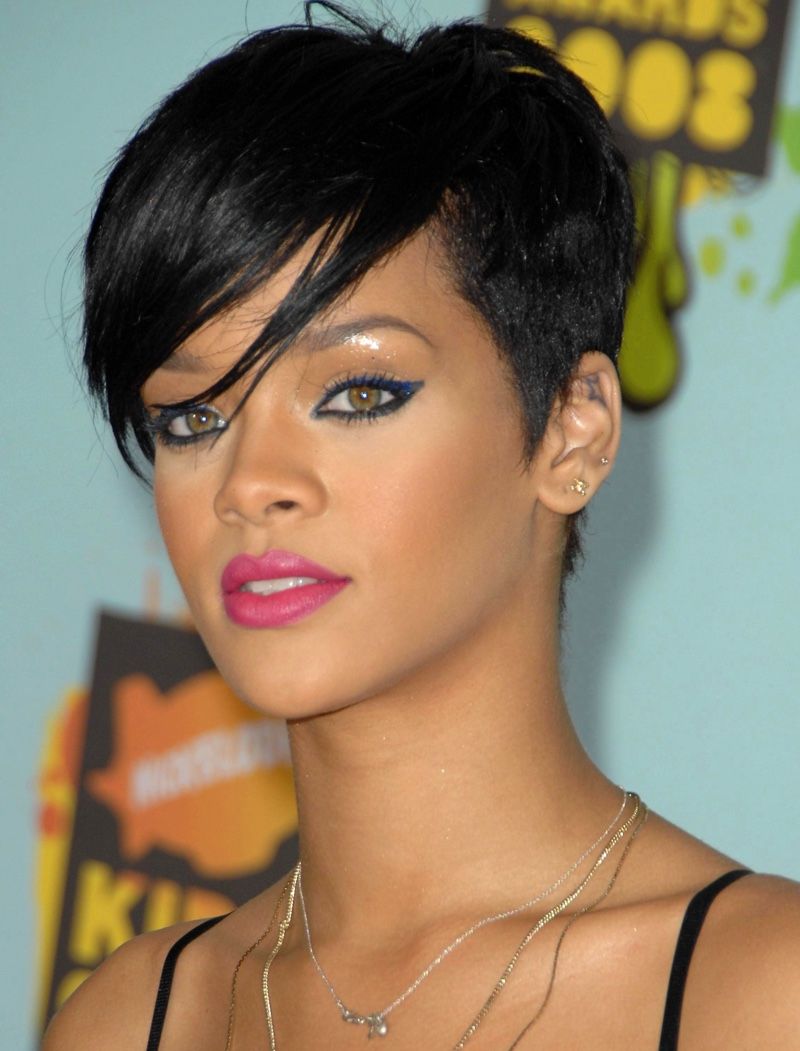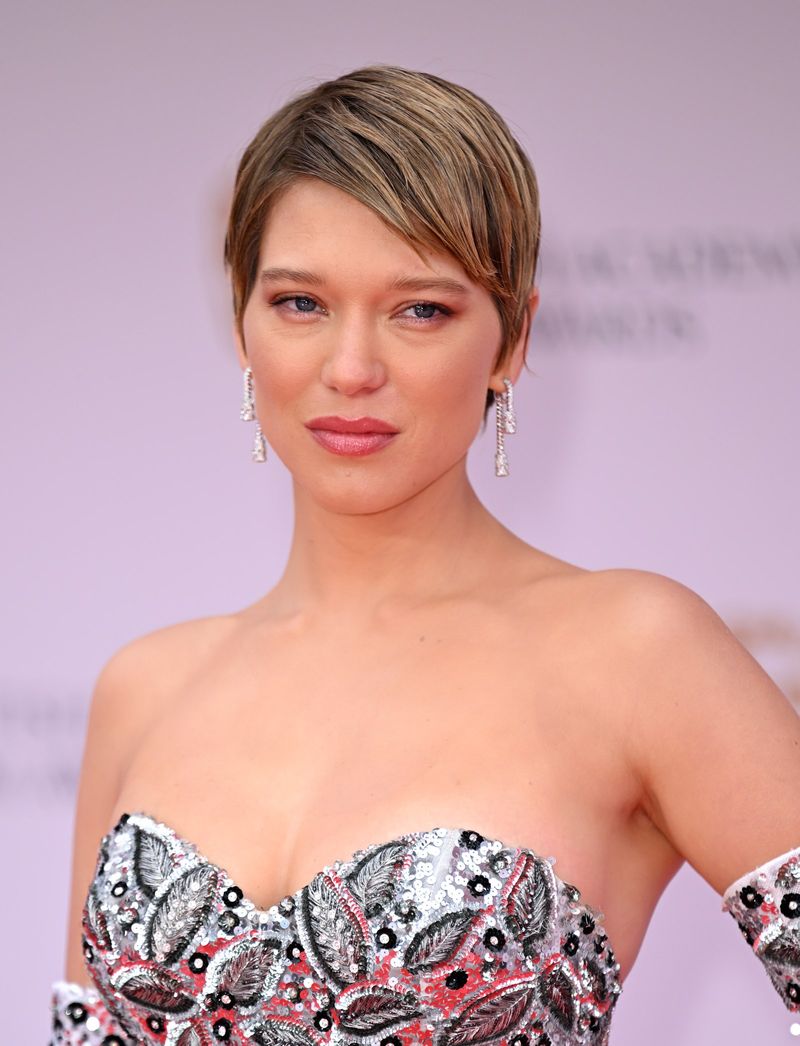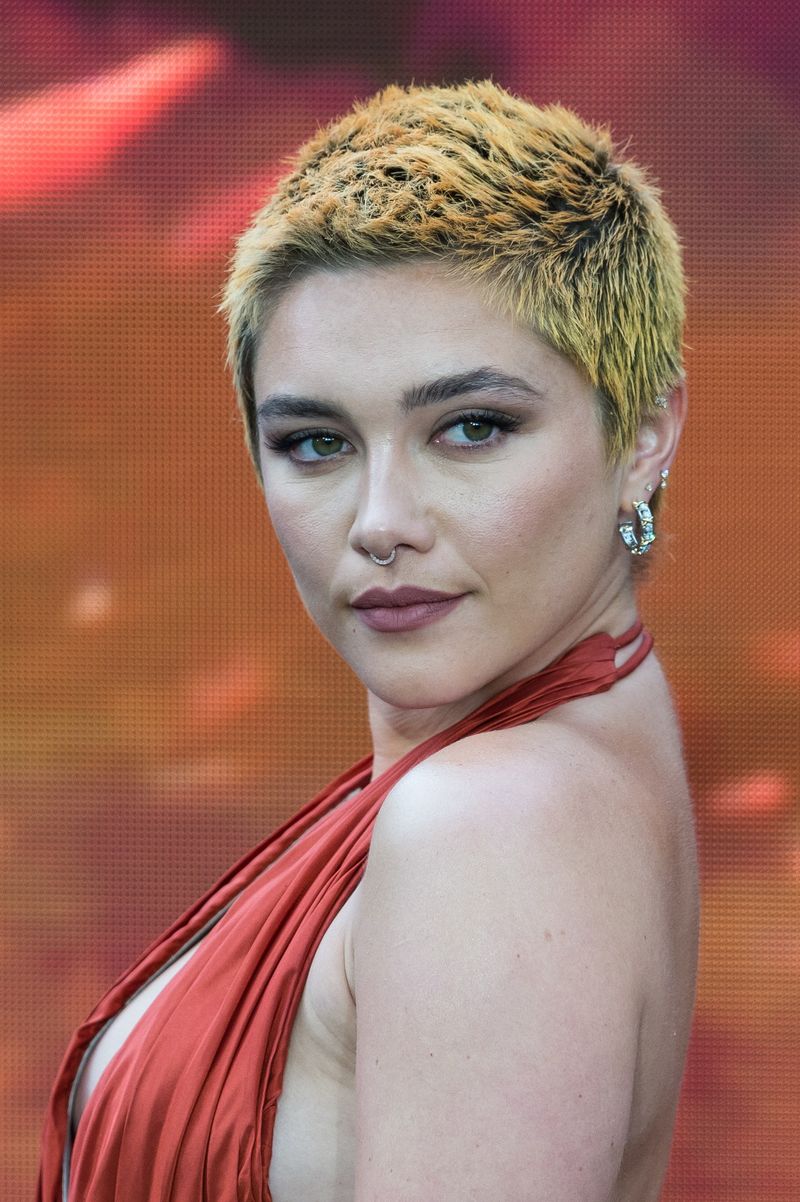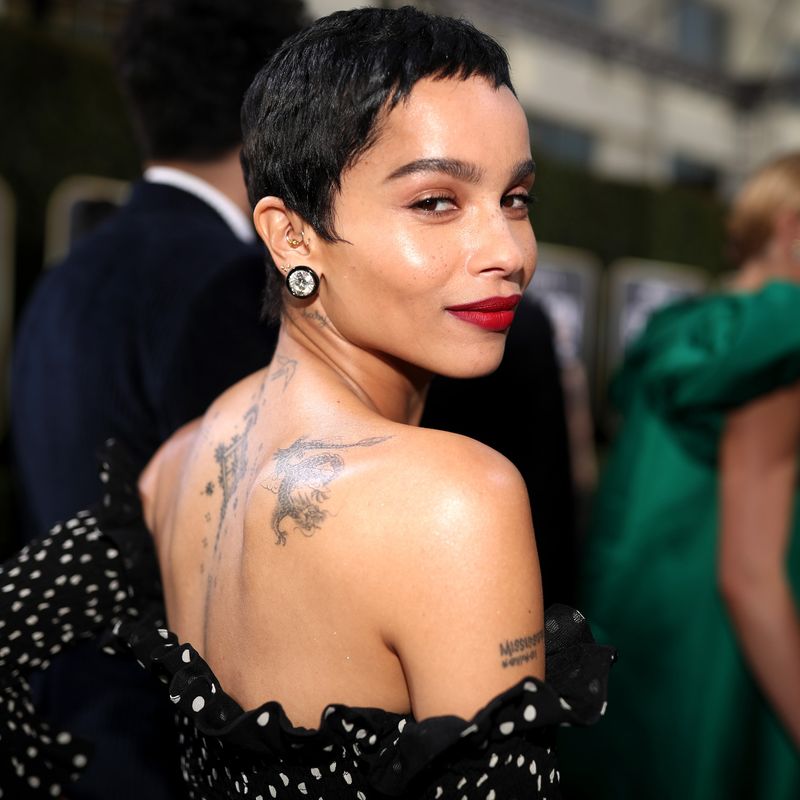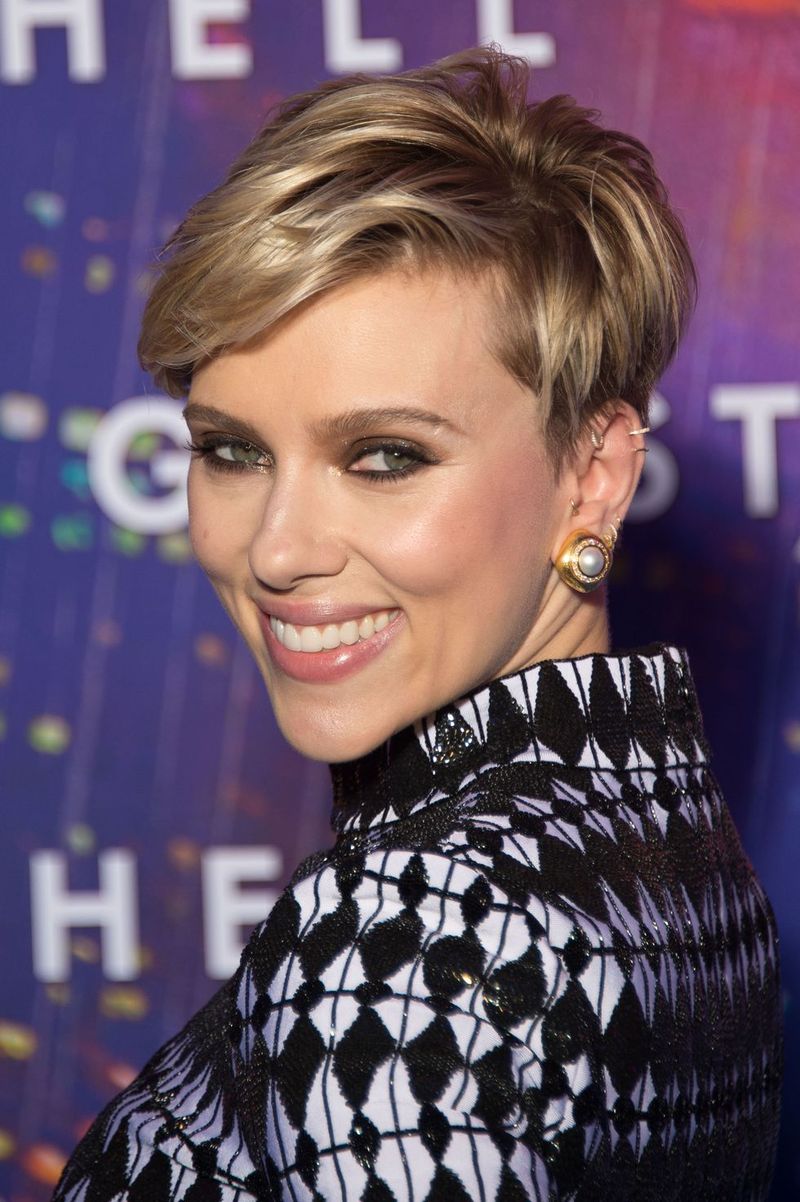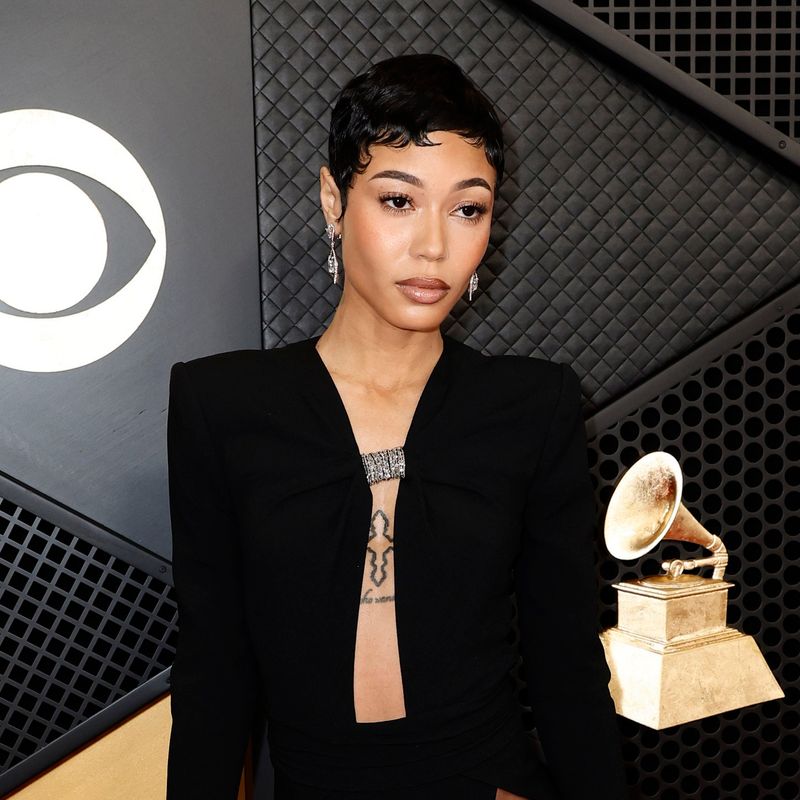Pixie cuts have long been a symbol of boldness and individuality, evolving significantly over the decades. From their inception in the 1950s to their modern-day variations, these short hairstyles have not only reflected changing beauty norms but have also influenced cultural and feminist movements. This blog post explores the fascinating journey of pixie cuts, highlighting their transformative impact on fashion and society.
1950s: The Audrey Hepburn Pixie
The 1950s saw the rise of the pixie cut, popularized by Audrey Hepburn in movies like “Roman Holiday.” Her chic, boyish haircut became a symbol of feminine elegance and charm during an era when long hair was the norm.
Hepburn’s pixie was both daring and playful, capturing the essence of post-war optimism and the burgeoning fashion scene. Women flocked to salons to replicate the style, embracing a fresh, youthful look that also challenged traditional gender norms. The pixie cut of the 1950s set the stage for future hair trends, making short hair fashionable and desirable.
1960s: Twiggy’s Boyish Charm
In the 1960s, supermodel Twiggy’s pixie cut became the epitome of Mod style, characterized by its clean lines and geometric shape. This version of the pixie was bold and eye-catching, complementing Twiggy’s androgynous aesthetic and the decade’s revolutionary spirit.
The 1960s pixie was more than a hairstyle; it was a statement against conventional beauty standards, aligning with the feminist and social movements that sought to redefine femininity and independence. Women sporting this style were seen as trendsetters, embracing both freedom and rebellion. Twiggy’s pixie cut paved the way for more experimental hairstyles.
1970s: Punk and Personalization
The 1970s brought about a punk influence to the pixie cut, transforming it into a medium for personal expression and rebellion. With spiky textures and bold colors, this era’s pixies broke away from traditional femininity.
The punk movement encouraged individuality, and the pixie cut became a canvas for self-expression, often featuring vibrant dyes and asymmetrical shapes. This was a time when haircuts were a form of protest, challenging societal norms and authority. The 1970s pixie embodied the spirit of defiance, allowing wearers to showcase their unique personality and attitude.
1980s: The Power Pixie
In the 1980s, the pixie cut evolved into a power statement, reflecting the decade’s emphasis on boldness and career ambition. This version of the pixie was sleek and voluminous, often styled with mousse for added lift.
Women in corporate environments adopted the power pixie to convey confidence and authority, breaking away from traditional, conservative hairstyles. This era’s pixie was both practical and fashionable, suitable for the dynamic lifestyle of career-focused women. The 1980s power pixie reinforced the notion that short hair could be both feminine and assertive, aligning with the rise of women in the workforce.
1990s: The Revival with Winona Ryder
Winona Ryder’s pixie cut in the 1990s marked a revival of the style, characterized by its tousled, laid-back vibe. This version was less structured, offering a relaxed and carefree aesthetic.
The 1990s pixie appealed to the grunge fashion movement, providing a hairstyle that was both low-maintenance and stylish. Ryder’s influence made the pixie cut popular among young women seeking an effortless look that still made a statement. This era saw a return to the pixie’s roots of rebellion and individuality, while also embracing a modern, minimalist approach to beauty.
2000s: The Return to Softness
The 2000s saw the pixie cut return to softness, embracing more feminine lines and textures. Layers and highlights added depth and dimension, creating a versatile and approachable look.
This era’s pixie cut was adaptable, allowing women to experiment with different styles, from sleek and smooth to tousled and messy. The pixie became a symbol of confidence and versatility, suitable for both professional and casual settings. This decade’s take on the pixie reflected a blend of past influences, while also setting the stage for future interpretations. It was a haircut that celebrated individuality and empowerment.
2010s: The Pixie Goes Mainstream
The 2010s witnessed the pixie cut’s transition into mainstream popularity, thanks in part to celebrities like Emma Watson and Halle Berry. This iteration was modern and chic, blending elegance with edginess.
The pixie became a red-carpet favorite, demonstrating its versatility and appeal across different age groups and styles. This decade’s pixie cut was often accompanied by bold accessories and makeup, reinforcing the idea that short hair can be glamorous. As more women embraced the pixie, it became a symbol of empowerment and confidence, breaking away from traditional beauty conventions.
2020s: The Gender-Fluid Pixie
In the 2020s, the pixie cut has evolved into a symbol of gender fluidity and inclusivity, reflecting broader societal shifts towards diversity and acceptance. This modern pixie embraces both masculine and feminine elements, showcasing versatility and individuality.
The gender-fluid pixie cut allows for personal expression, with variations in texture, length, and styling that cater to each person’s unique identity. This era’s pixie is not just a hairstyle, but a statement of freedom and acceptance, aligning with movements that challenge traditional gender roles and celebrate authenticity. The 2020s pixie is both contemporary and timeless.
Cultural Impact: Feminist Statement
Throughout its evolution, the pixie cut has been more than just a hairstyle; it has served as a powerful feminist statement. From the early days of challenging gender norms to its modern role in celebrating individuality, the pixie has been intertwined with women’s liberation.
This haircut has symbolized strength, independence, and non-conformity, making it a recurring choice for women who defy societal expectations. The pixie cut’s impact on feminism can be seen in its continued popularity and the diverse ways it is worn and interpreted. It remains a testament to the enduring spirit of empowerment and self-expression.
Fashion Influence: Runway to Reality
The pixie cut has consistently influenced fashion trends, making its mark from high-fashion runways to everyday style. Designers have embraced the pixie for its ability to complement and highlight couture looks.
This hairstyle’s versatility allows it to be paired with a wide range of clothing styles, from minimalist to avant-garde. The pixie’s ongoing presence in fashion underscores its timeless appeal and adaptability. As trends evolve, the pixie cut continues to inspire both designers and wearers, bridging the gap between fashion-forward concepts and real-world practicality. It remains a beloved choice for those seeking a chic, modern look.
Future of the Pixie: Innovation and Evolution
Looking to the future, the pixie cut promises continued innovation and evolution. As technology and fashion intersect, we can expect to see futuristic interpretations of the pixie, with holographic colors and cutting-edge styling techniques.
This forward-thinking approach will likely embrace sustainability and inclusivity, ensuring that the pixie remains relevant and accessible to all. The future pixie will build upon its rich history, adapting to new cultural and societal changes while maintaining its core essence of boldness and individuality. As the pixie cut evolves, it will continue to inspire and empower, reflecting the ever-changing landscape of fashion and identity.
